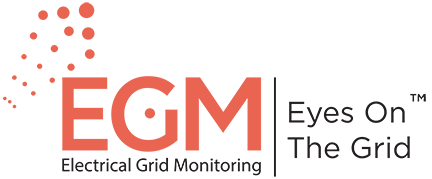In the previous post we described the growing phenomenon of extreme weather events, how they are becoming more frequent and more extreme, creating new and greater challenges for utilities companies.
One of the ways to cope with extreme weather events, as we explained in depth last time, is to strengthen the grid. Another way is to shift from one general grids to micro-grids, those ranging from the district level to potentially the single building level.
Nowadays electricity production is no longer the sole territory of giant corporations. Private individuals (“Procumer”) can produce electricity not only for self-usage, but also to pour it into the general grid. This plus storage and small local generation units enables the creation of Micro-grids, which in turn can provide an alternative to reliance on the general grid.
Self-sustained micro-grids contribute to improving the resiliency of the grid in the face of extreme weather events because they reduce significantly the potential damage caused when a segment of the grid is out of service due to an extreme weather event. Micro-grids also function as each other’s backup, and allow less end users to suffer the consequences of damage to the grid.
The overall monitoring of various micro-grids is enabled with EGM’s Meta-AlertTM system. The Meta-AlertTM system monitors the grid through sensors placed in pre-determined segments. In this way the system can alert and deter hazards to a specific part of the gird and direct other channels of supply to cover for those parts that are now need repair works.
